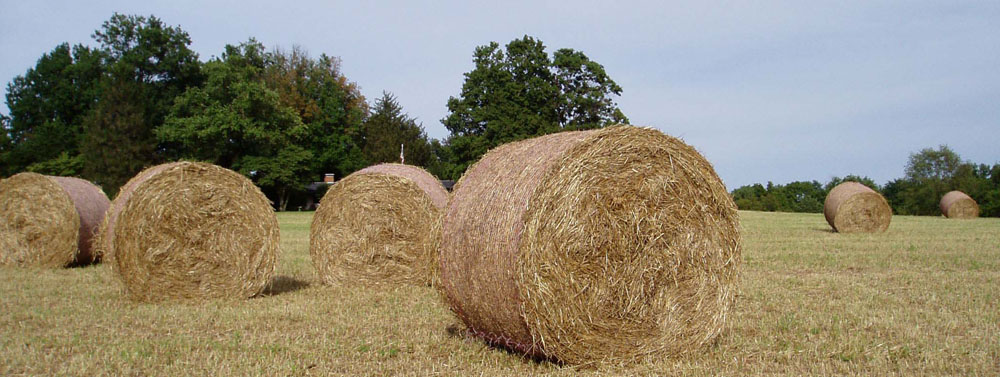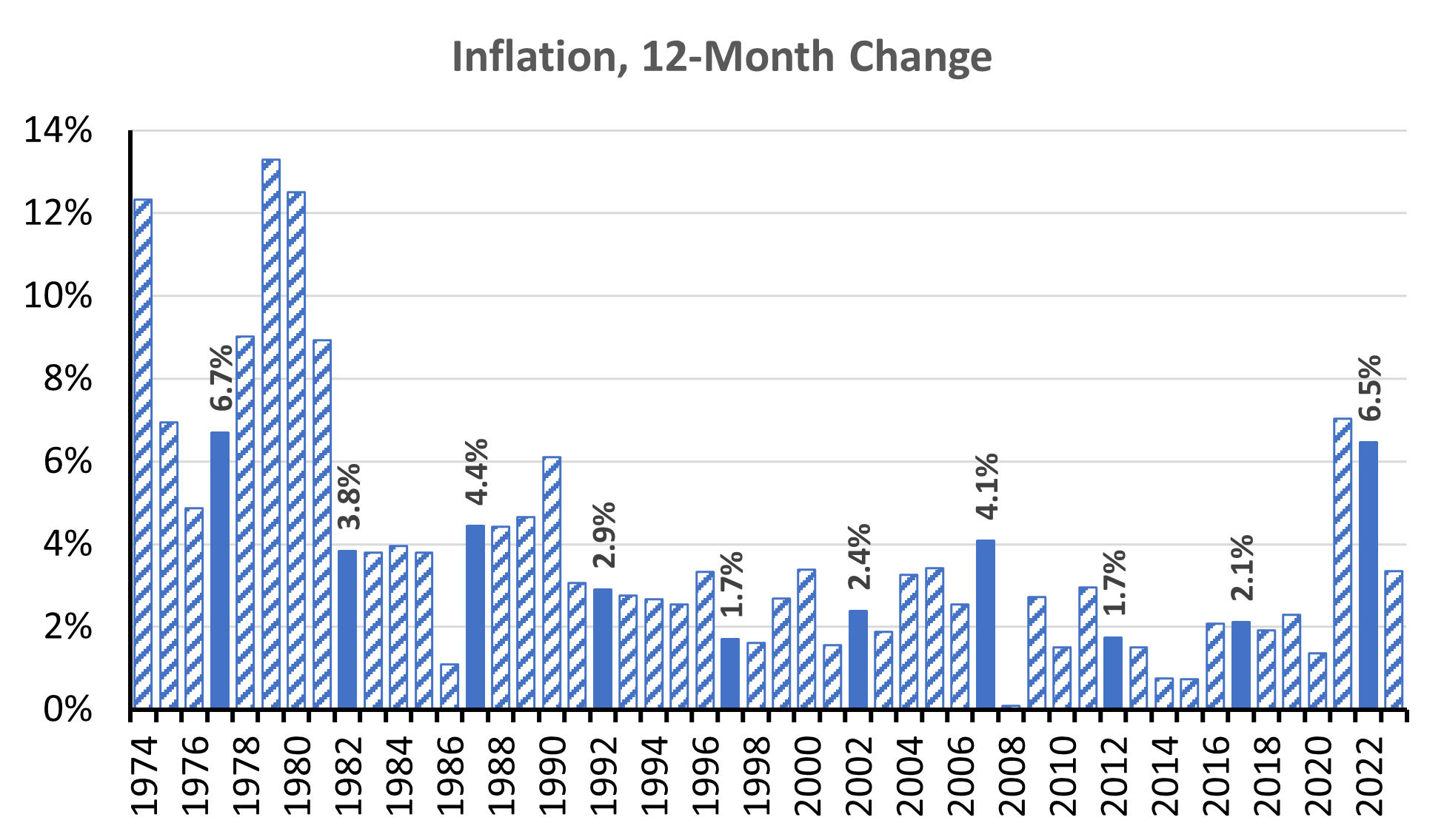Hemp Has Been Added to USDA Farm Data
Nearly 25 years ago, I was asked to evaluate the economic opportunity for growing industrial hemp in my role as economist for the American Farm Bureau Federation. I wrote one rather concise report and distributed it to all the state … Continue reading →



